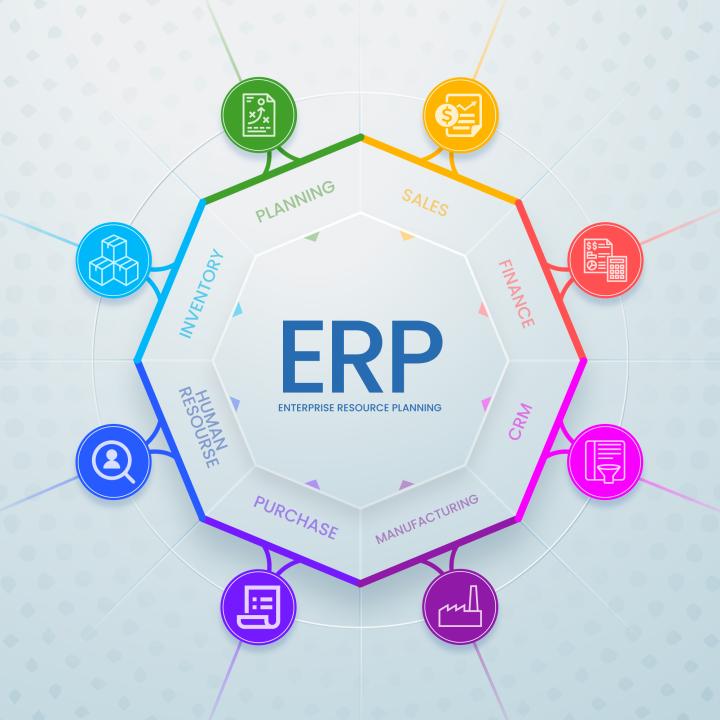Enterprise Resource Planning (ERP) systems are crucial for businesses looking to enhance efficiency, automate workflows, and improve decision-making. As of 2025, the global ERP market is projected to reach $125 billion, with cloud ERP adoption growing at a CAGR of 17.3%.
Many businesses face the challenge of choosing between Cloud ERP and On-Premise ERP. Recognizing their distinctions is key to choosing the ideal solution. Experienced ERP software developers in India provide valuable insights into which system suits different business needs.
What Is Cloud ERP?
Cloud ERP is a web-based solution hosted on remote servers and accessed via the internet. It offers flexibility, real-time data access, and lower upfront costs.
Benefits of Cloud ERP
Cost-Efficient: No heavy investment in hardware, reducing IT expenses.
Scalability: Easily accommodates business growth without infrastructure upgrades.
Automatic Updates: Regular feature enhancements and security patches handled by the provider.
Remote Access: Employees can access data from any location.
Faster Deployment: Typically implemented quicker than on-premise ERP solutions.
Challenges of Cloud ERP
Internet Dependency: Requires a stable internet connection for smooth operations.
Data Security Concerns: Sensitive data is stored on third-party servers, requiring trust in vendor security protocols.
Limited Customization: Some businesses may find pre-built modules insufficient for specific needs.
What Is On-Premise ERP?
On-premise ERP is installed on an organization’s local servers, giving full control over data and security.
Benefits of On-Premise ERP
Full Control: Businesses have direct control over their data and security policies.
Customization: Can be tailored extensively to meet unique business requirements.
No Recurring Subscription Fees: A one-time investment reduces long-term costs.
Challenges of On-Premise ERP
High Initial Costs: Requires significant investment in hardware, software, and IT staff.
Longer Deployment Time: Custom development and infrastructure setup take time.
Ongoing Maintenance: Businesses must manage software updates, security patches, and backups.
Essential Considerations for Selecting the Right ERP System
Business Size & Growth
Small and mid-sized enterprises often prefer Cloud ERP due to affordability and scalability.
Large enterprises with complex operations may benefit more from on-premise ERP for customization.
Data Security & Compliance
Industries dealing with sensitive data (e.g., healthcare, banking) may require on-premise ERP for stricter security.
Cloud ERP vendors provide advanced encryption and compliance measures, making them a secure option for most businesses.
Total Cost of Ownership (TCO)
Cloud ERP follows a subscription-based model, reducing upfront expenses.
On-premise ERP involves higher initial costs but eliminates recurring fees.
Integration Needs
Cloud ERP supports third-party integrations via APIs for enhanced functionality.
On-premise ERP may require custom integration development, increasing implementation costs.
Final Thoughts
Both Cloud ERP and On-Premise ERP have their advantages. Choosing the right system depends on factors like business size, security requirements, budget, and future scalability.
Partnering with an experienced ERP development company in India ensures a smooth ERP implementation tailored to business needs. With expertise in modern technologies, Indian ERP developers help businesses optimize operations, enhance efficiency, and drive digital transformation in a competitive market.
For companies looking to invest in ERP solutions, working with professional ERP software developers in India guarantees a system that aligns with both current and future business goals.

